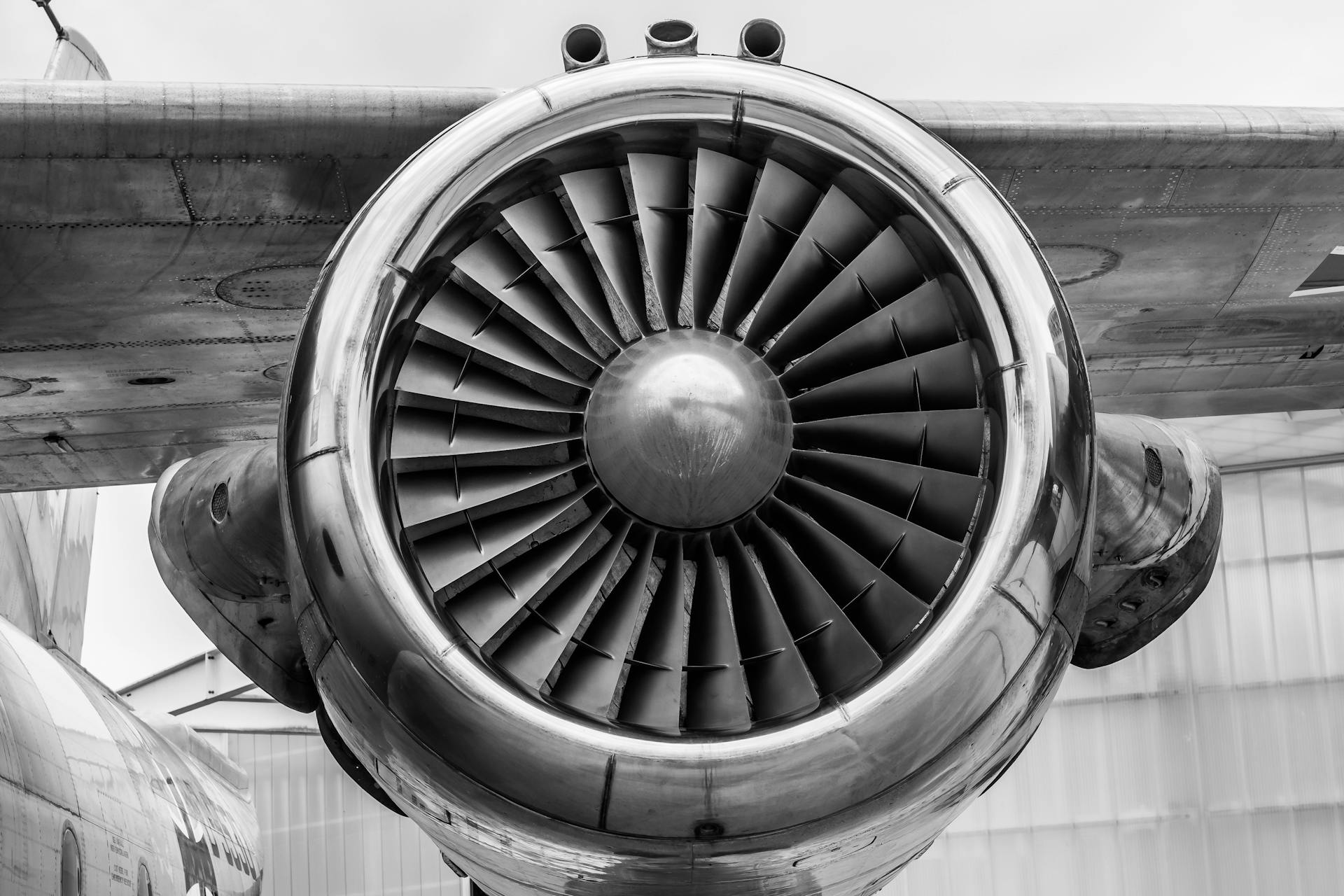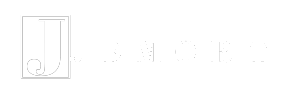Jet fuel is a critical component of the aviation industry, used to power aircraft engines. The fuel types and standards for jet fuel are designed to meet the specific requirements of aviation engines and ensure safety, efficiency, and performance.
Jet Fuel

PRODUCT INFORMATION
APPLICATIONS
- Commercial Aviation: Used in passenger aircraft and cargo planes for commercial flights. Jet A-1 is the standard fuel for international flights.
- Military Aviation: Specialized jet fuels like JP-8 are used in military aircraft. These fuels have additional properties tailored for military operations.
- General Aviation: Smaller aircraft may use Jet A or Jet A-1 depending on their requirements and location.
KEY SPECIFICATIONS AND STANDARDS
-
- Flash Point: Ensures the fuel will not ignite under normal storage and handling conditions. Jet A and Jet A-1 have a minimum flash point of 38°C (100°F).
- Freezing Point: Determines the temperature at which the fuel will begin to solidify. Jet A-1 has a maximum freezing point of -47°C (-53°F), making it suitable for high-altitude flights in cold climates.
- Density: The density of jet fuel affects engine performance and fuel consumption. It typically ranges from 775 to 840 kg/m³.
- Viscosity: Affects how the fuel flows through the aircraft’s fuel system. Jet fuel must meet specific viscosity requirements to ensure proper operation.
- Additives: Jet fuel may contain additives to enhance performance, such as anti-icing agents, corrosion inhibitors, and antioxidants.
Applications:
- Commercial Aviation: Used in passenger aircraft and cargo planes for commercial flights. Jet A-1 is the standard fuel for international flights.
- Military Aviation: Specialized jet fuels like JP-8 are used in military aircraft. These fuels have additional properties tailored for military operations.
- General Aviation: Smaller aircraft may use Jet A or Jet A-1 depending on their requirements and location.

TYPES OF JET FUEL
- Jet A:
- Description: Jet A is a type of jet fuel commonly used in the United States and around the world. It is a kerosene-based fuel with a high flash point and low freezing point.
- Flash Point: Minimum of 38°C (100°F).
- Freezing Point: Maximum of -40°C (-40°F).
- Usage: Used in commercial and general aviation jets.
- Jet A-1:
- Description: Jet A-1 is the international standard for jet fuel, used worldwide. It has similar properties to Jet A but with a lower freezing point.
- Flash Point: Minimum of 38°C (100°F).
- Freezing Point: Maximum of -47°C (-53°F).
- Usage: Used in commercial aviation worldwide, especially in regions with colder climates.
- Jet B:
- Description: Jet B is a blend of kerosene and gasoline, also known as “wide-cut” or “broad-cut” jet fuel. It has a lower freezing point but is less commonly used.
- Flash Point: Minimum of 38°C (100°F).
- Freezing Point: Maximum of -50°C (-58°F).
- Usage: Used in extremely cold climates and military operations.
- TS-1:
- Description: TS-1 is a type of jet fuel used primarily in Russia and some Eastern European countries. It is similar to Jet A-1 but with some regional variations.
- Flash Point: Similar to Jet A-1.
- Freezing Point: Varies according to regional requirements.
- Usage: Used in commercial aviation in specific regions.


